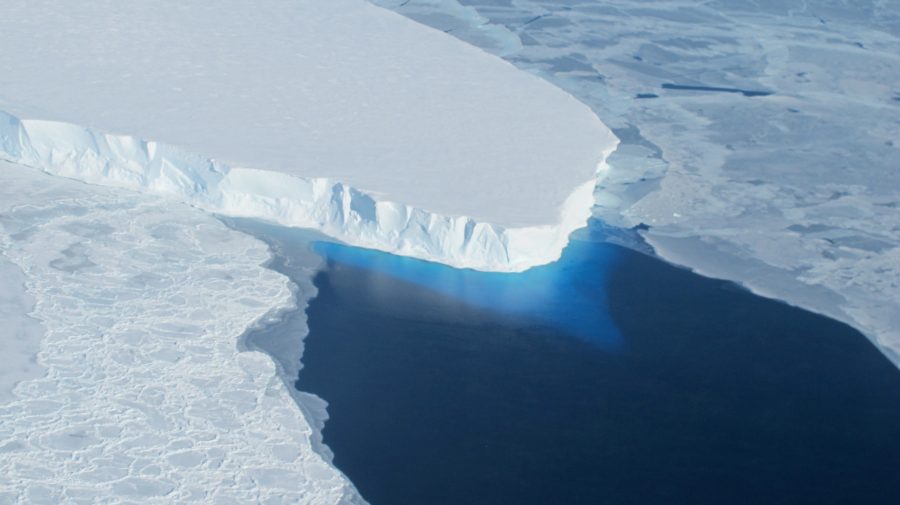New studies reveal West Antarctica is melting faster than ever, making it difficult for the glacier to replenish itself. Scientists from the University of California and NASA published the results in the Nature Communications journal on October 25.
The studies examined three close-by glaciers retreating at accelerated rates. The Smith, Pope, and Kohler glaciers sit upon bedrock, and they are creeping down towards the Amundsen Sea embayment in the part of the continent with the highest decline in ice.
The embayment holds some of the fastest melting glaciers on the planet, and West Antarctica contains enough ice to raise sea levels by at least a meter. It’s worth mentioning that changes may be irreversible.
The findings support theories on how the influx of warm ocean water beneath the region’s ice shelves has been increasing during the last decade. The hot water erodes the ice near the glacier’s grounding lines, where the glaciers meet the sea.
The researchers believe the cause is warm water flowing beneath the ice shelves
Glaciers sit on bedrock. They melt underwater and form ice shelves when they meet the sea. Then, they start floating further inland before melting.
Ice shelves are very sensitive to changes in water temperature, salinity, and pressure. When they melt, they add their mass quantity to the oceans. Nearly all glacier melting takes place on the underside of this hollow portion.
If a glacier loses mass from fast melting, it may float away from its former grounding line, just as a sunken boat would float again if it drops a heavy cargo. Scientists call this process, the grounding line retreat.
UCI and NASA researchers have also found that Smith Glacier grounding line has retreated 1.24 miles per year since 1996 while Pope Glacier’s grounding line receded at 0.31 miles per year since 1996.
On the other hand, Kohler Glacier’s is re-advancing 1.24 miles per year since 2011.
A separate study from NASA Jet Propulsion Laboratory is trying to determine how much ice the glaciers are losing
The team is using radar waves to penetrate glaciers and discover ice thickness. They found that Smith Glacier has lost between 984 and 1,600 feet of ice because of increased melting at its grounding zones from 2002 to 2009.
The question is whether other glaciers in West Antarctica will behave similarly to Smith, but experts still need more information on the seafloor beneath Antarctica and ocean circulation to determine how much water these glaciers will contribute to the oceans.
Source: Nature



